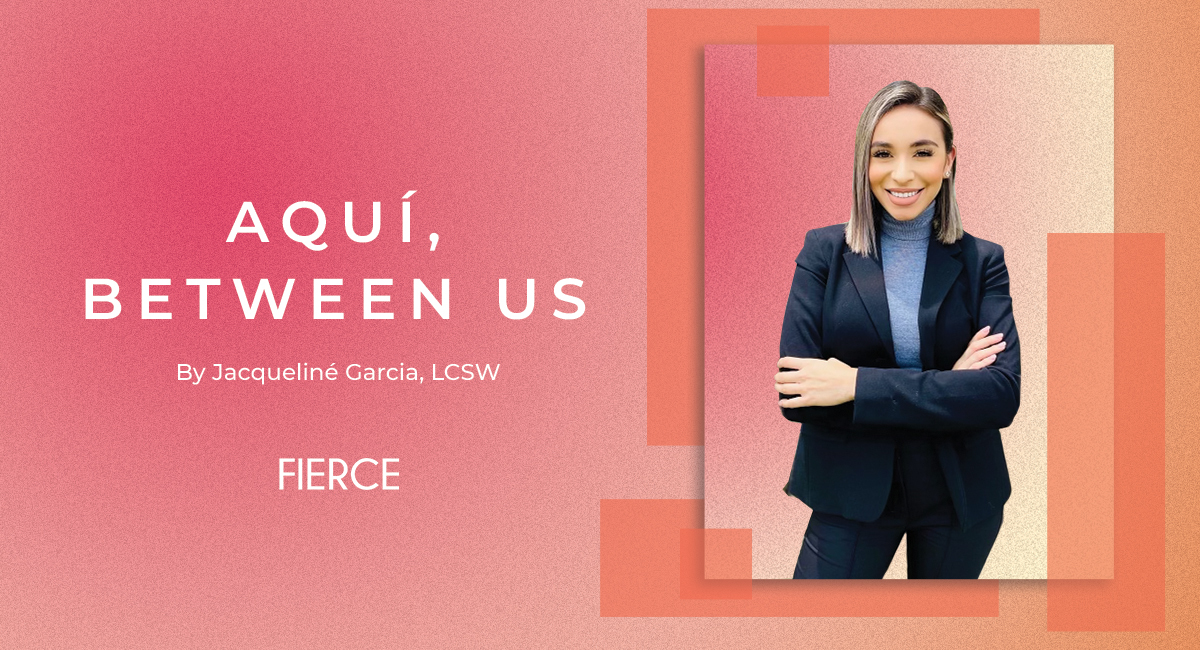How Afro-Boricua Antonia Pantoja Fought For Education Equity For Latinxs
Few education organizers have had such a transformative impact on Latinx students as Antonia Pantoja. In the Afro-Puerto Rican educator and civil rights leader’s 80 years, she created spaces that restored dignity to discriminated youth of color and influenced policy that directly improved the way Spanish-speaking students learned in public schools. From New York to California, Pantoja’s legacy is still felt nearly two decades after her death on May 24, 2002.
Born in San Juan, Puerto Rico, to a low-income family in 1942, Pantoja, a bright student, was able to attend college at the University of Puerto Rico with help from wealthy neighbors. She earned a teaching certificate in 1942 and taught at a rural school on the archipelago for two years. Soon after, she joined the first wave of impoverished Puerto Ricans to migrate to New York City.
In the Empire State, Pantoja first worked as a wartime welder where she helped unionize workers to improve conditions in the factory. She later received a scholarship to study sociology at Hunter College and then earned a master’s degree in social work from Columbia University. Throughout her academic career, she centered her studies on experimental higher education. For Pantoja, education was a weapon that could be yielded to help marginalized people break from the toils of poverty and exploitation.
In New York — where half of Puerto Rican families at the time lived below the poverty line, most were employed at the lowest-waging jobs and half of adults had less than an eighth-grade education — she made it her life’s work to expand educational access for the disadvantaged and empower her community. For her commitment to education equity, Pantoja was the first Puerto Rican woman to receive the Medal of Freedom; President Bill Clinton presented her with the prestigious award in 1996.
Today, on the anniversary of Pantoja’s death, we look back at the contributions this formidable queer boricua activist made to the economic and educational futures of Puerto Ricans and Latinxs in New York.
Creating Organizations That Empowered Puerto Rican and Latinx Young People
In 1953, Pantoja, then a graduate student at Columbia University, co-created the Hispanic Youth Adult Association with fellow students. Considered her community’s first major advocacy group, it was renamed the Puerto Rican Association for Community Affairs (PRACA). Pantoja served as its first president.
Five years later, in 1958, she helped establish the Hispanic American Youth Association (HAYA), which served as an incubator for organizations and programs promoting economic self-sufficiency. The nonprofit organization, renamed the National Puerto Rican Forum, still serves the community today and is headquartered in the Bronx.
Pantoja is most remembered, however, for founding Aspira, a nonprofit organization encouraging educational attainment, self-esteem, cultural awareness and leadership development. She started Aspira — taken from the command form of the Spanish verb for “aspire” — after speaking with high school students and discovering how poor self-image and issues with police, gangs and teachers were holding them back. Seeking to empower them and cultivate leaders, Aspira became a popular school club with an induction ceremony where students pledged to pursue educational excellence and success in their communities. Today, Aspira is a federation of clubs with offices across six states and about 50,000 active Latinx student members. Youth receive career and college counseling, financial aid and other support. Graduates include actors Jimmy Smits and Luis Guzmán and leaders such as ACLU executive director Anthony Romero.
Reforming New York’s Education System
Throughout the 1960s and ‘70s, Pantoja directed her energy toward reforming New York’s education system so that Spanish-speaking students had pathways to success. The New York Times reports that at the time, two out of three eighth-graders fell more than three years behind in reading and that in 1963, just 331 of 179,000 Puerto Rican public school students received high school diplomas; of them, just 28 went on to college. A key factor to their lack of success was attributed to language barriers; a predominantly Spanish-speaking population was taught only in English.
In 1964, Pantoja, under her group the Puerto Rican Forum, requested $12.5 million from the city’s antipoverty council to create bilingual pre-kindergarten classes, after-school programs and adult education courses, among other programs. Three years later, she served on a committee that pushed to decentralize the school system and later attended the New York constitutional convention in Albany where she called on the state to provide free higher education, adult education and ”compensatory education” for the disadvantaged.
But Pantoja’s biggest success came in 1972. Nearly a decade after she started advocating for bilingual education, Spanish-speaking students were still being taught classes in English. As a result, Puerto Ricans had a graduation rate of just 30 percent. Under Aspira, Pantoja filed a civil rights suit in federal court demanding that New York City provide classroom instruction in Spanish for students who don’t understand English. In 1974, she, and all Spanish-speakers in the city, saw a major victory: the court ruled that New York needed to establish bilingual classes as well as English as a second language classes for Latinx students struggling with English.
Expanding Access to Higher Education
Pantoja, who in 1973 earned her Ph.D. from Union Graduate School (now Union Institute & University) in Cincinnati, Ohio, also worked to improve access to higher education for struggling communities. In 1970, she co-founded the Universidad Boricua, a private liberal arts college for Puerto Rican and Latinx students with a bilingual and multicultural curriculum. Now known as Boricua College, there remains three campuses throughout New York City. Additionally, Pantoja established the Puerto Rican Research and Resource Center in Washington, DC. She served as its chancellor in 1973.
While Pantoja’s influence and legacy are most pronounced in New York, she also lived and worked to improve the education and economic status of Latinxs in Puerto Rico and California, where she taught at San Diego State University’s School of Social Work.




